5 Reasons To Choose Supermicro for Your HPC Infrastructure
1. Range of products
Supermicro designs and manufactures a wide range of servers optimized for the edge to the data center. The specific application requirements must be understood before choosing a server with a wide range of configurations available. Capabilities that need to be considered include:
- Number of CPUs – Supermicro offers systems with 1,2,4 and 8 CPUs in a single system. The application's scalability (does an application scale with more cores and up to how many) and/or the number of different applications running simultaneously are essential considerations. Supermicro offers servers from 1 to 8 CPUs in a single chassis, with a range of options depending on environmental constraints.
- Memory Requirements – Generally, more memory is available in an SMP architecture, whether 2, 4, or 8 CPUs, as each CPU can address a certain amount of memory from its socket. However, the number of DIMMs per CPU may vary per product family due to physical constraints.
- Direct Attached Storage – Each Supermicro server can accommodate direct attached storage in various formats, capacities, and quantities. Many of the systems can accommodate NVMe/SAS/SATA storage devices. In addition, the latest in EDSFF E1.S and E3.S devices can be accommodated.
- Networking – For applications that run across systems (perhaps using MPI), fast networking with low latencies is critical for getting the results faster. Supermicro offers a wide range of networking options, from 1G to 400G. Networks can also use DPUs in specific servers.
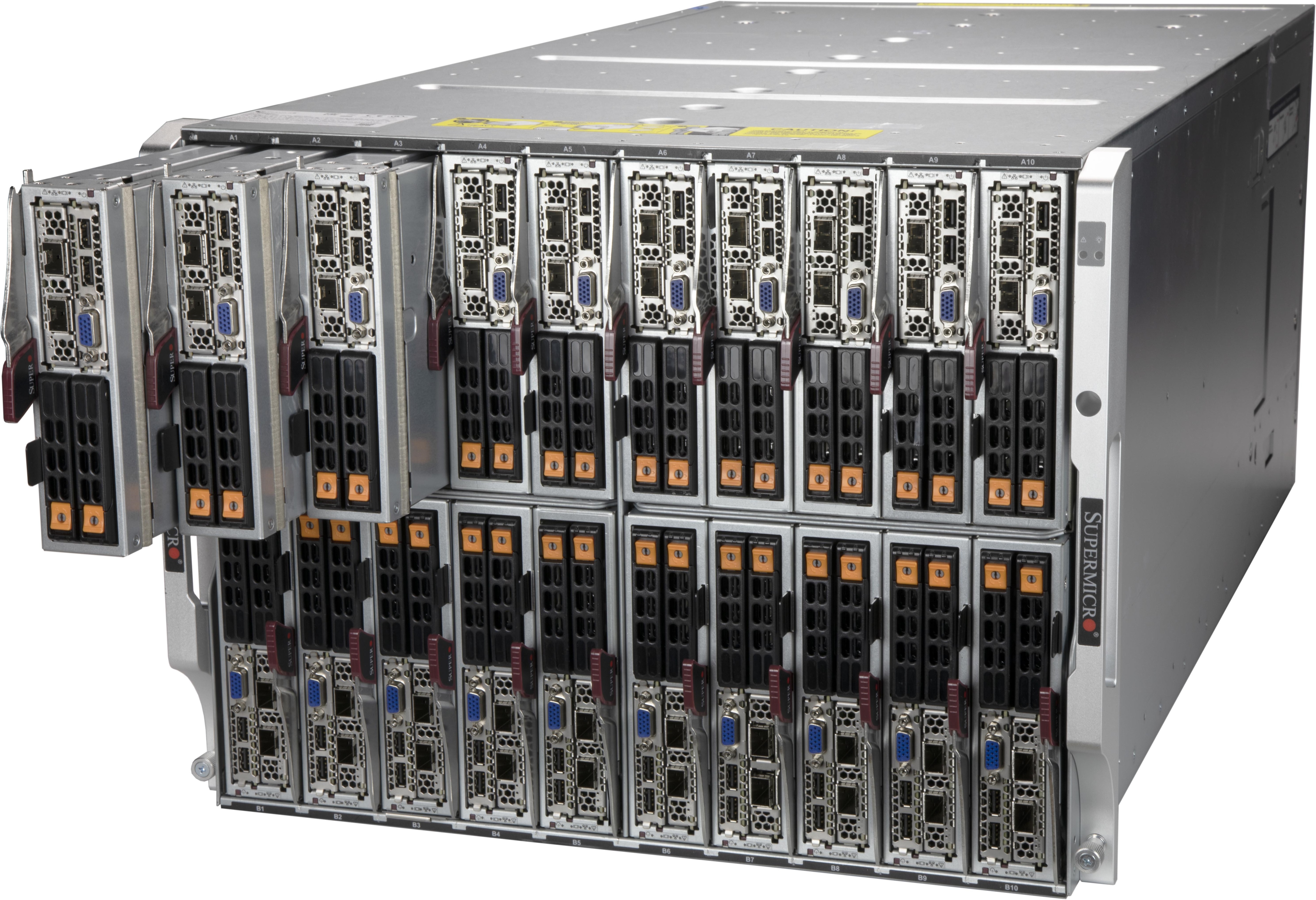
Supermicro SuperBlade®
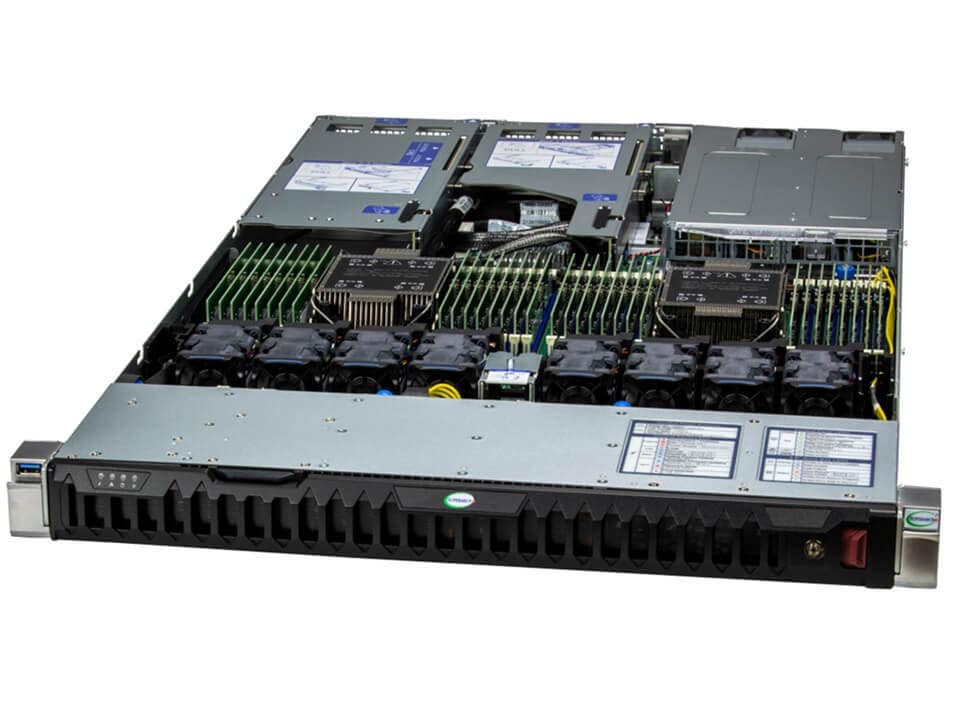
Supermicro Hyper
2. Rack Scale Integration
HPC environments require tens of racks full of high performing servers, which must be tested together. Integrating a rack containing servers, storage, networking, and perhaps liquid cooling requires expertise and a collaborative relationship with the customer to determine the most optimal solution. Supermicro has the expertise and experience to create rack scale solutions for various requirements. Testing a rack with systems networked together (L11) and a cluster of multiple racks (L12) requires manufacturing capabilities and knowledge of end user applications and environments. To test an entire liquid cooling at a cluster scale, specialized facilities must be in operation and available. Creating and building a single rack up to multiple racks with state-of-the-art hardware is not a simple task, and the vendor should have expertise in servers, storage, networking, cooling, and integration.
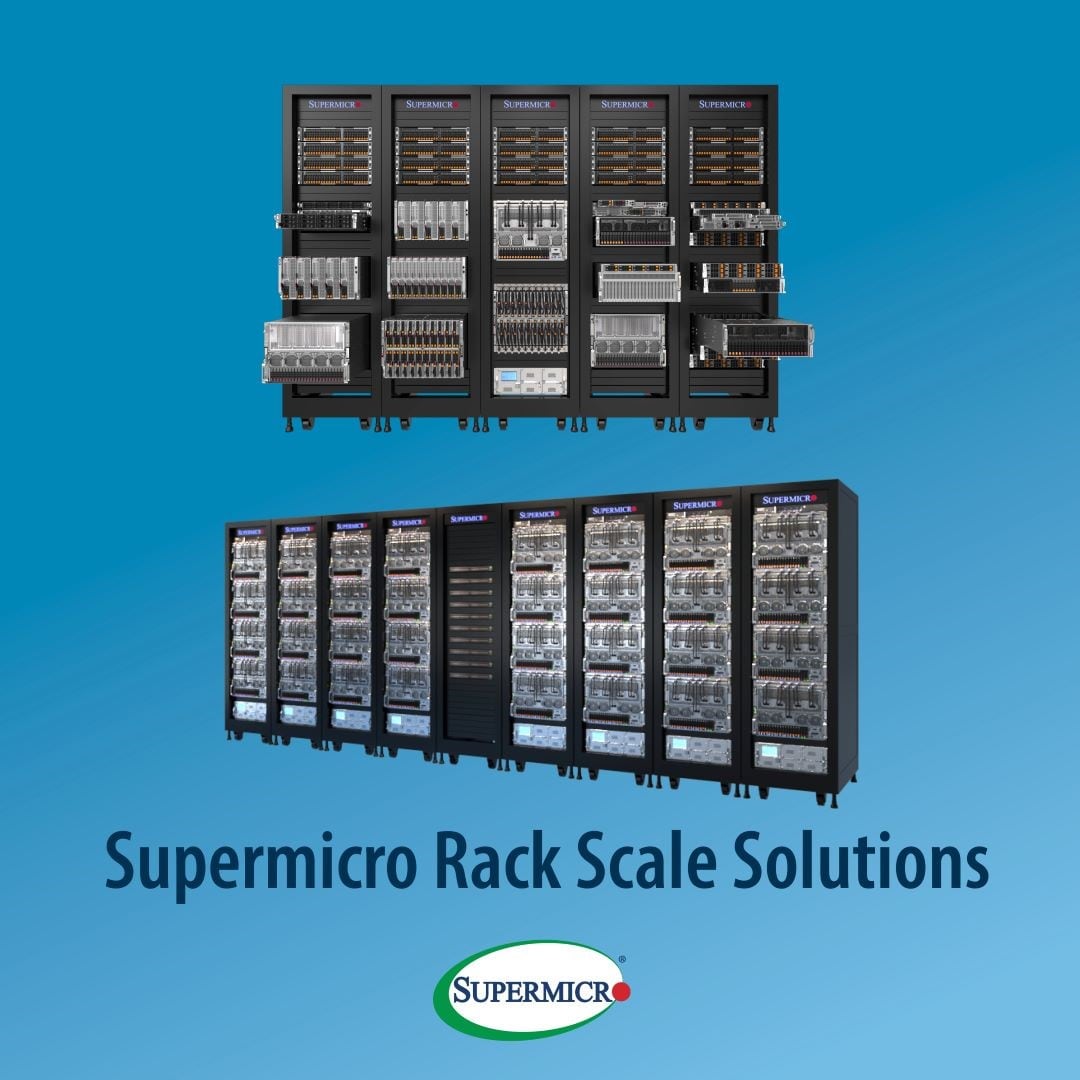
Learn More about Supermicro Rack Scale Integration
3. Latest CPUs from Leading Vendors
CPUs are constantly being improved, with the performance per watt increasing with each generation of new microprocessors. Intel, AMD, and NVIDIA all produce a range of CPUs in various product families. The highest performing CPUs can process data in the 3-5 GHz range and contain up to 128 cores. When combined into dual socket servers, hundreds of cores are available for a single application or to run several applications simultaneously. Supermicro partners with the leading CPU manufacturers to offer a wide range of servers with the latest technology for HPC. Whether single socket servers that address up to 8TB of memory or multi-processor systems can address up to 32TB of memory, Supermicro has the range of systems for any HPC application.
Learn More about Supermicro Servers with Intel processors
Learn More about Supermicro Servers with AMD processors
4. Latest GPUs from leading vendors
GPUs have become indispensable for many HPC applications. Many applications have been modified to use the parallelism found in GPUs to work on certain parts of the algorithm. With GPUs containing thousands of cores, some portions of an HPC algorithm can be moved from the CPU to the GPU, resulting in tremendous speedups. Just like CPUs, a range of GPUs can be used for HPC applications. Different form factors and different communication paths to the CPU are available. While many GPUs sit on the PCIe bus and must communicate with each other through PCIe and the CPU, other GPUs are on their own board and communicate with each other to increase application speed (although the initial transfer of information takes place through the PCIe bus)
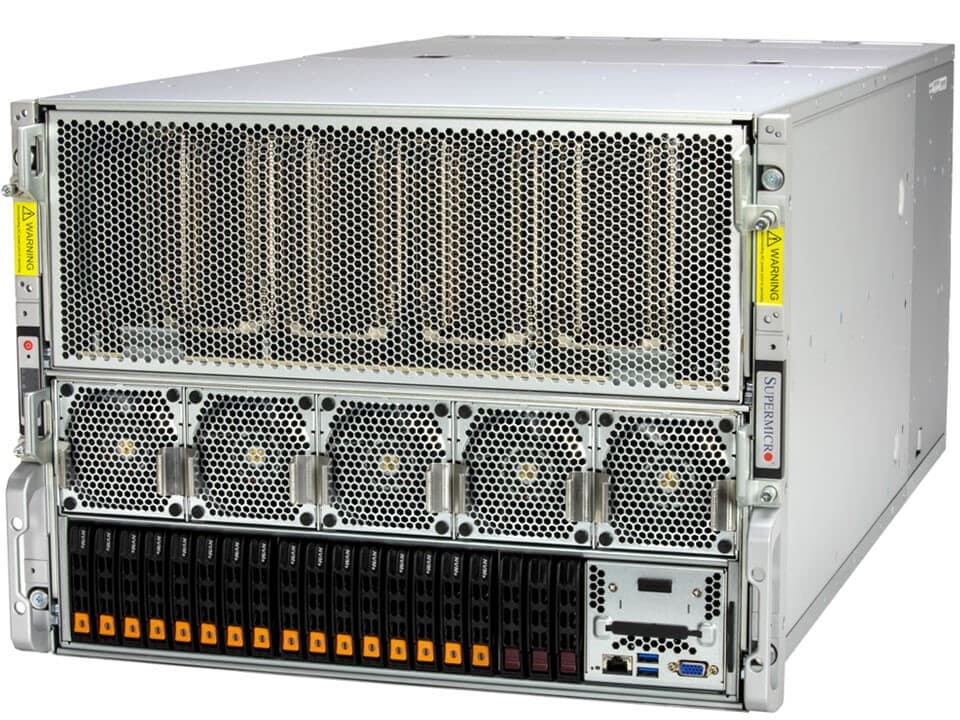
Universal GPU with 8 NVIDIA HGX H100 GPUs
Learn More about Supermicro GPU Servers with NVIDIA GPUs
Learn More about Supermicro GPU Servers with Intel GPUs
5. Storage and Networking systems
HPC systems require fast storage to get data to the CPU and write back intermediate results and final answers. Servers can be designed and optimized for either compute or storage. While many compute optimized servers have significantly more storage than previous generations, there still needs to be servers that are designed to connect to many compute servers and excel at both allowing for reads and writes simultaneously. Different storage technologies are required for robust HPC environments, from fast and low latency hardware to hard disk drives for warm storage, cold storage, and archives.
Networking for HPC environments will need high performance Ethernet or InfiniBand adapters and switches. When multiple servers work together on the same problem, the servers will need to exchange data and results frequently, thus needing high speed networking. In addition to the networking needs for applications, an independent management network is required to manage the servers and perform updates as needed.
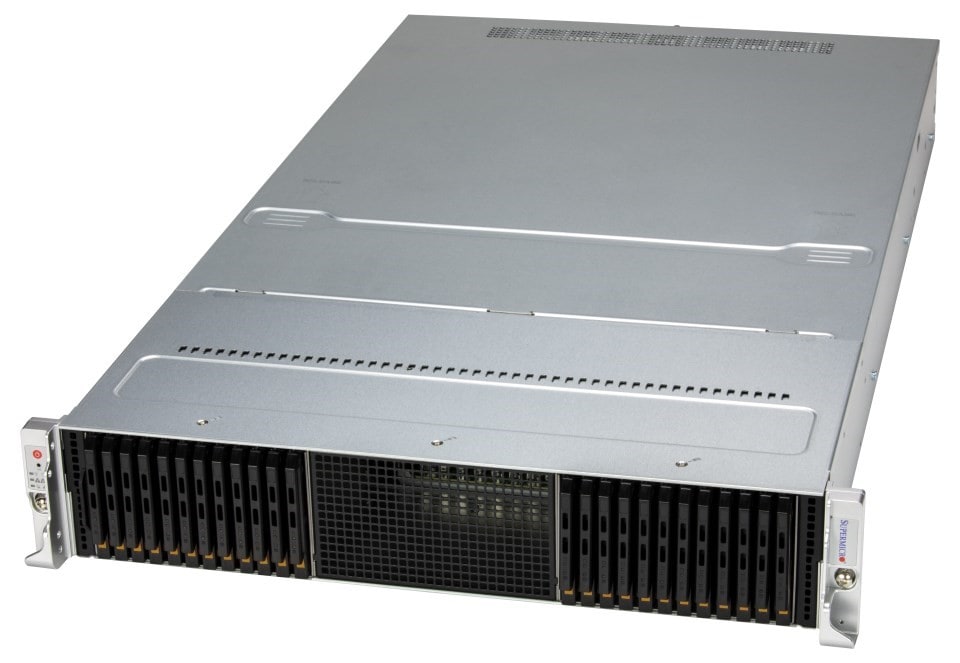
Supermicro Storage Server with 24 E3.S NVMe Devices
Learn More about Supermicro Storage Solutions
6. Summary
Supermicro designs and manufactures a wide range of server and storage systems that are optimized for HPC workloads. The HPC servers that Supermicro produces are based on the latest CPUs from Intel, AMD, and NVIDIA and the latest generation of GPUs from NVIDIA, Intel, and AMD. With expertise in delivering rack scale and fully tested cluster solutions, Supermicro is a recognized manufacturer and supplier worldwide for HPC environments.